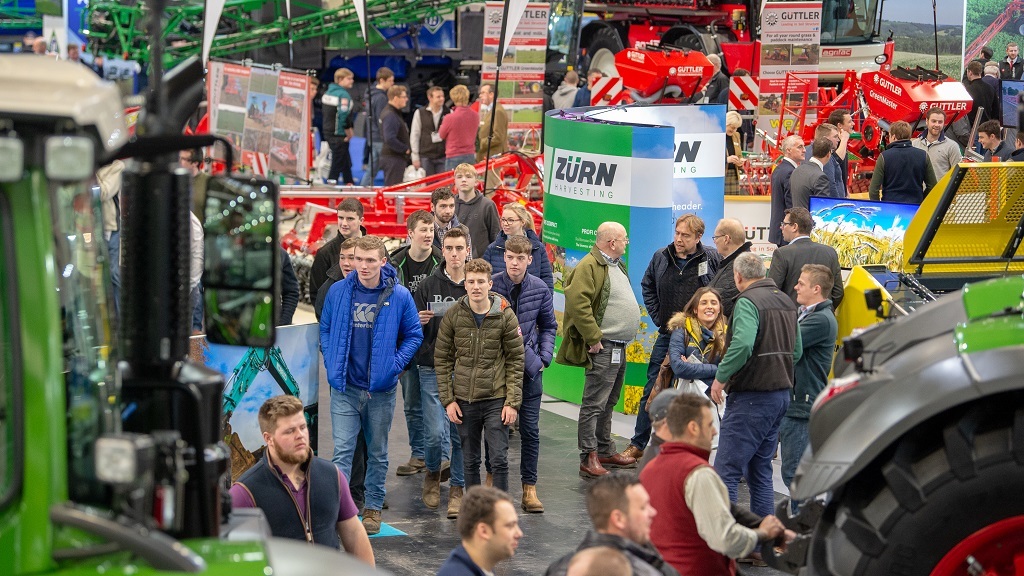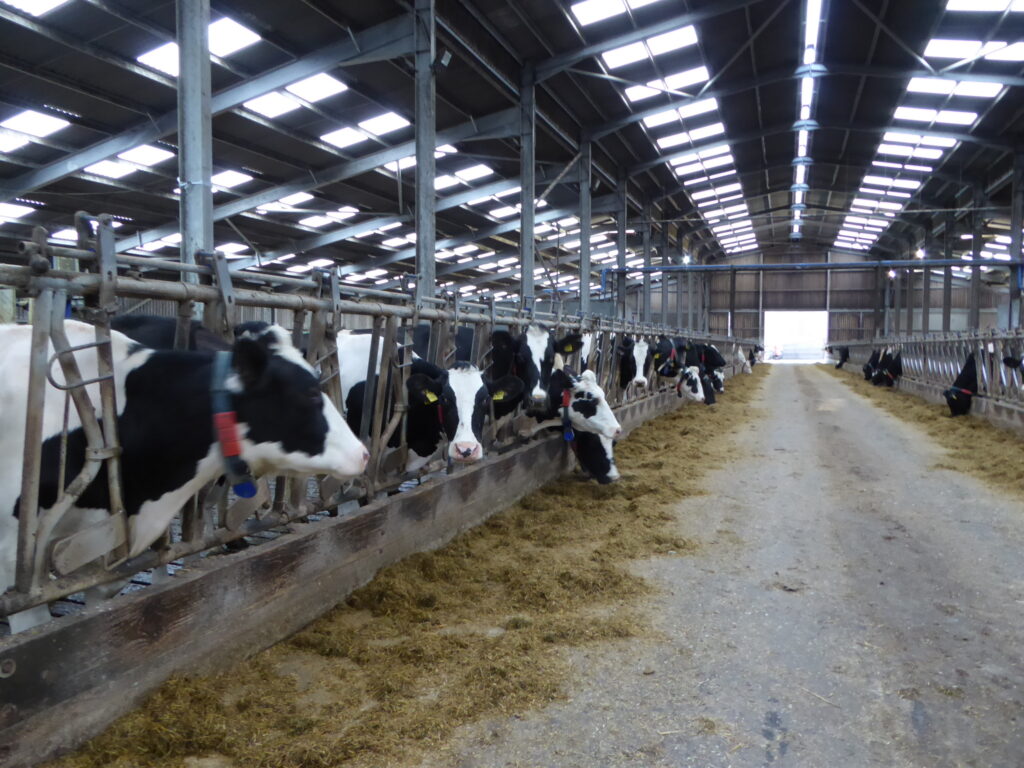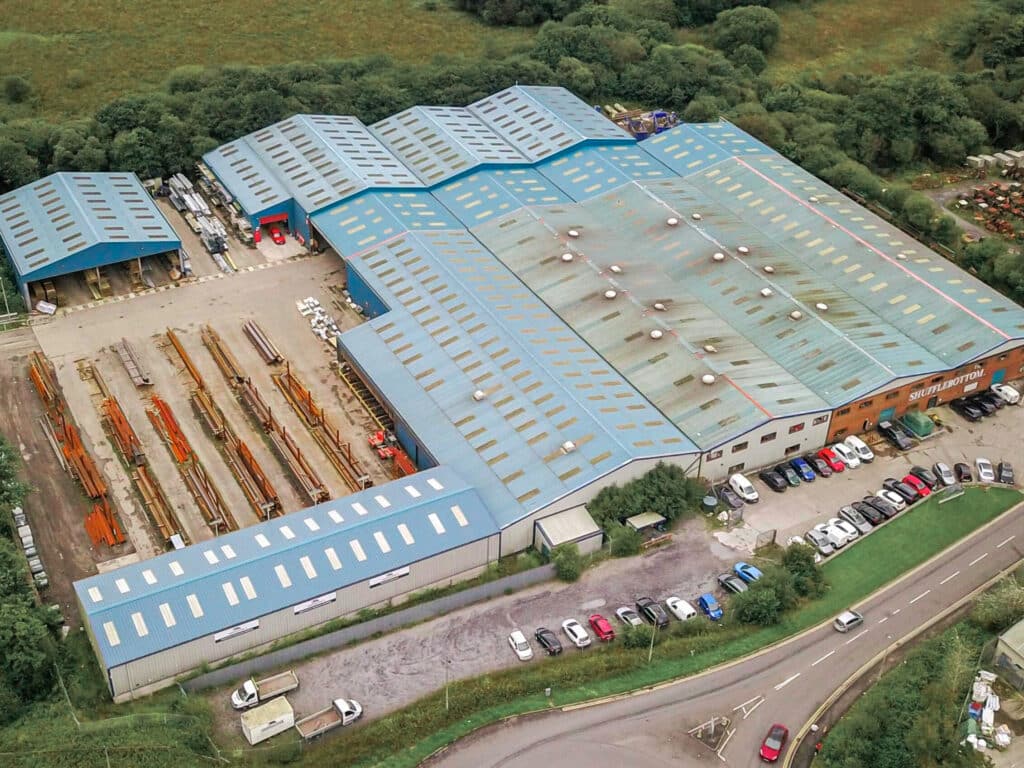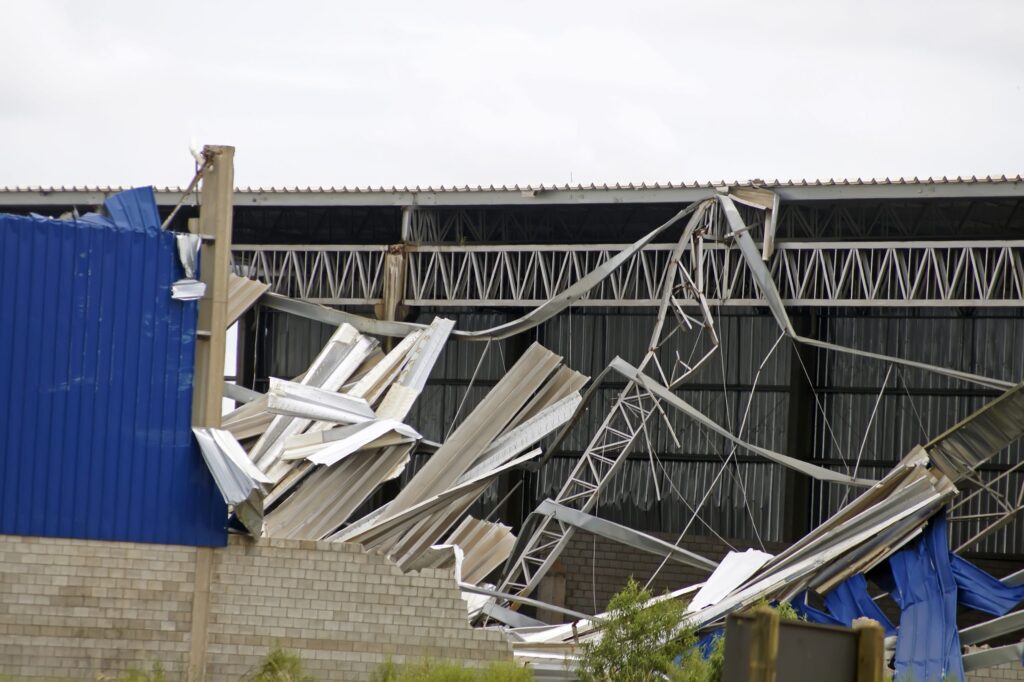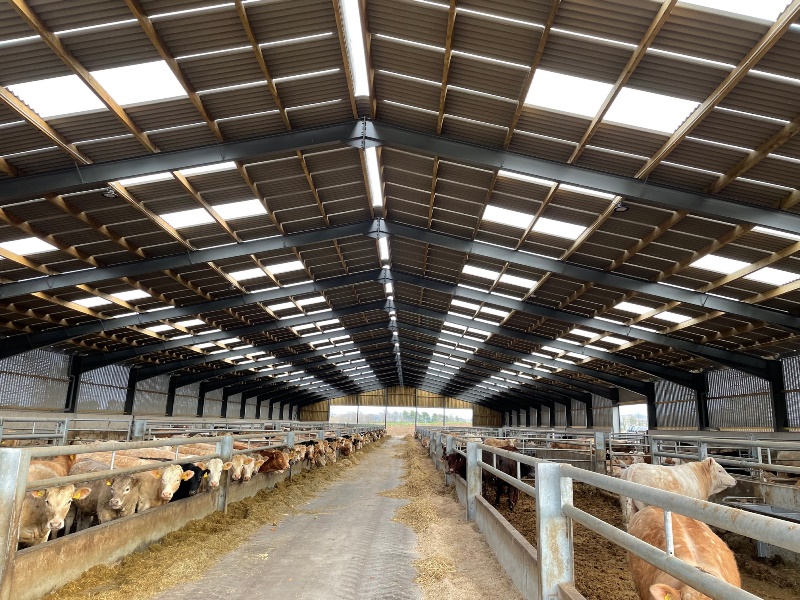My intention for this article was to present an update from the various British Standards committees on which I represent the interests of the agricultural sector.
Then the Met Office issued a rare red weather warning and Storm Eunice arrived. Once again, the news was filled with fallen trees, displaced trampolines and cladding (roof and wall) ripped from modern buildings.
While the first two can be regarded as the expected norm when storms and gales hit our country, the sight of cladding sheets and panels flying around left me wondering whether the UK had just experienced the one-in-50-year event that buildings are supposed to be designed for, or whether some buildings had not been designed properly.
With this in mind, this article revisits the issue of wind loading on buildings and explains how buildings can be designed to withstand the worst of our winter storms. In the next issue, I shall look specifically at some of the detailing issues that affect the storm resistance of buildings.
Wind forces on buildings
Let’s start with some basic aerodynamics. When the wind blows over or around a building, it is forced to change direction and either speed up or slow down depending on the shape and orientation of the obstruction.
Where the wind blows directly onto a surface, the local external pressure will increase. Where the wind blows parallel to a wall or over a roof, it speeds up causing a decrease in the external air pressure. Unless the building is completely airtight, the wind will also change the internal pressure, either increasing or decreasing it.
The combination of changes to the internal and external air pressure results in either a net positive pressure (on windward facing walls, and the windward slopes of steep roofs) or a net suction (on leeward facing walls, on walls parallel to the direction of the wind and on roofs generally).
From a building design point of view, it is important to understand that wind speed varies enormously with location and building geometry, meaning wind loading is site and building specific, so should be calculated for each and every building project.
Since the magnitude of the wind loading has a direct bearing on the design of the frame, column and rafter sizes for example, it follows that the design of every building is. It should come as no surprise that a building designed for a sheltered location in Oxfordshire may not be adequate if placed on a hilltop on the coast of Cornwall.
Importantly, the wind force on the building is proportional to the square of the wind speed, so doubling the wind speed will produce four times the wind loading on the building.
What are the factors that affect wind speed
1. Location
Some parts of the country tend to experience higher wind speeds than others and this needs to be taken into account when calculating the wind loading on a building.
To enable engineers without specialist meteorological expertise to judge the likely wind speed at a particular location, the available meteorological data has been analysed to produce a contoured wind map of the UK, which is published as part of the UK National Annex to BS EN 1991-1-4. The values shown on the map are magnitudes of the basic wind speed to which correction factors may be applied to take account of wind direction, altitude and exposure conditions.
2. Altitude
Wind speed increases with altitude and this is accounted for by a correction factor that is applied to the basic wind speed. This is especially important for agricultural buildings, since many are constructed at altitudes higher than 200m above sea level, where wind speeds are significantly higher than those in low-lying locations.
3. Distance to sea
The shorter the distance to the sea, the greater the wind speed because the wind loses energy and speed as it blows across land. The greatest reduction in wind speed occurs over the first few miles, meaning that locations on the coast experience much higher wind loading than sites only one or two miles inland. Cliff top sites that combine a coastal location with altitude, experience particularly high wind speeds.
4. Town or country
Agricultural buildings are generally built-in exposed locations that do not benefit from the shelter provided by a surrounding town or city. This results in wind speeds which would be higher than would be experienced by comparable buildings located on an urban site.
5. Topography
Topographical features such as hills can increase wind speed as the air is forced over them. For this reason, it is important for the person calculating the wind loading to have some familiarity with the site and not simply rely on postcodes. Local obstructions can have a significant impact on the wind speed, by providing shelter, for example, but this effect may vary across the site or even across the building footprint.
6. Wind direction
In the UK, the strongest winds generally blow from the southwest, so a southwest facing coastal location is likely to experience stronger winds that one on the North Sea coast. As wind can – and does – blow from any direction, the factors listed above, in particular distance to the sea and distance into a town, need to be assessed for several points around the compass and the wind speed calculated for each direction.
7. Building height
Taller buildings are exposed to stronger winds and this needs to be reflected in the wind loading calculations. For single storey buildings it is common practice to calculate the wind speed for the ridge height. For a multi-storey building, especially high rises, it is possible to divide the building into zones over its height, so that only the very top of the building is designed for the maximum wind loading.
Design practice
The wind forces acting on a building should be calculated using a recognised code of practice, which in the UK is BS EN 1991-1-4. This is one of the structural Eurocodes and is applicable across Europe, although each country has its own National Annex containing nationally determined parameters and specific national recommendations.
The calculation method in BS EN 1991-1-4 is complex and requires specialist technical knowledge, so it is essential wind loading calculations are undertaken by a qualified structural or civil engineer.
By far the simplest approach is to use one of the many software tools currently available. These range from commercially available packages that take account of all of the factors noted above to free online tools that produce reasonable, but conservative, results with minimal input from the user.
Several steel purlin manufacturers include wind loading tools as part of their specification software which are free to customers. In many cases, the precise site location may be specified in the software by its postcode or grid reference. Alternatively, various online resources may be used to obtain the grid reference, altitude and other location data. Thanks to Google, even the local topography and surrounding terrain may be surveyed without leaving the office.
The simpler the design approach, the more conservative (i.e., higher) the wind loading, so building designers face a trade-off between design effort and the cost of materials.
Taking a one size fits all approach and designing all buildings for the worst possible wind load will result in over-designed structures and is not recommended. On the other hand, calculating the wind pressures to the nth degree for a standard industrial unit or agricultural building is an unnecessary expense that will probably give little or no saving in material costs compared to the standard design approaches.
The standard approach presented in BS EN 1991-1-4 and employed by many software tools is a pragmatic way of ensuring that buildings are safe and efficient without needing too much effort at the design stage.
While employing an engineer to calculate the wind loading may seem to be an unnecessary additional cost, the cost of not doing so is almost certain to be greater, either in additional steel or the cost of remedial measures when the building encounters its first storm.
Dr Martin Heywood
RIDBA Technical Consultant
